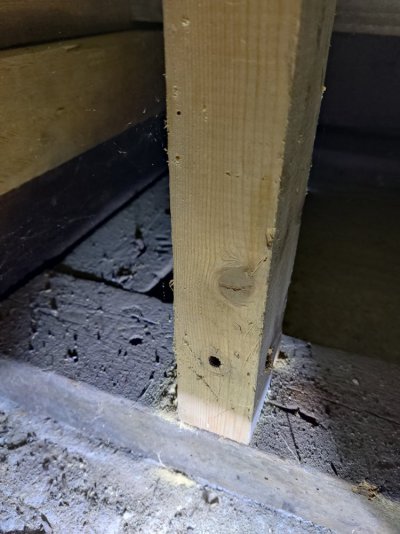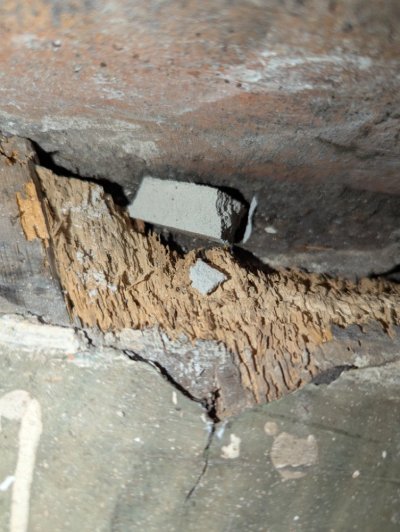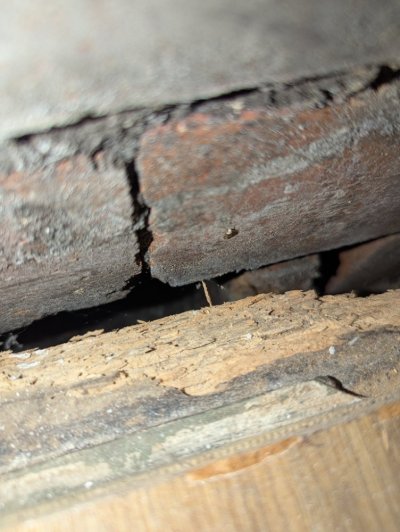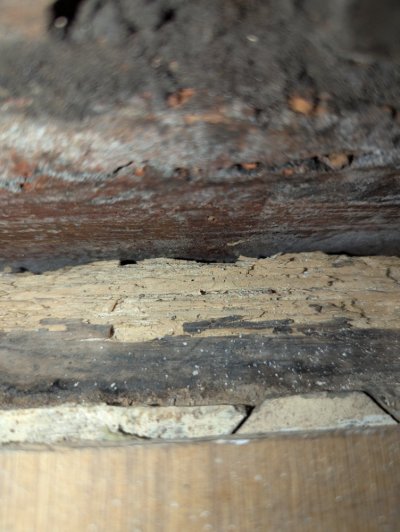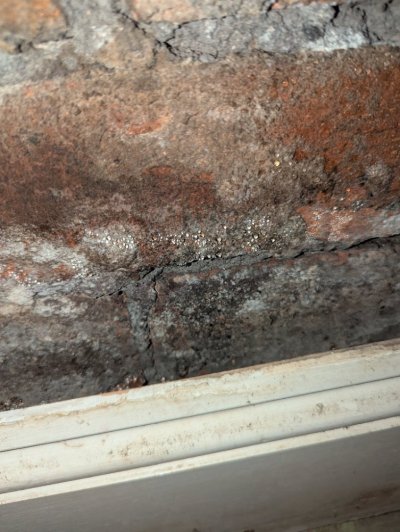CliffordPope
Member
- Messages
- 1,023
The responses to Zebra's question do seem to me to have slightly but significantly moved the goal posts.
We used to be rather glibly told that "woodworm doesn't like dry wood - all you need to do is cure the damp and the beetles will go away".
Now it seems that "dry" really means very dry, so dry that it is hard to achieve especially in an older house, and in any case there could well be micro-climates close to or actually inside infected woodwork which are less dry than you might assume.
It's traditional when you notice active woodworm in say a piece of furniture to saturate the affected area in cuprinol or similar, and use a little squeezy bottle with a special end to the nozzle to pump fluid into the holes. Then seal the holes with furniture wax of a matching colour, which leaves a nice aged patina and also seals the hole so new beetles aren't tempted to go in.
What actually is wrong with that approach? It works, and it means you can continue to keep the old bit of furniture in an old "damp" house without needing to preserve it in a special dry museum with central heating.
We used to be rather glibly told that "woodworm doesn't like dry wood - all you need to do is cure the damp and the beetles will go away".
Now it seems that "dry" really means very dry, so dry that it is hard to achieve especially in an older house, and in any case there could well be micro-climates close to or actually inside infected woodwork which are less dry than you might assume.
It's traditional when you notice active woodworm in say a piece of furniture to saturate the affected area in cuprinol or similar, and use a little squeezy bottle with a special end to the nozzle to pump fluid into the holes. Then seal the holes with furniture wax of a matching colour, which leaves a nice aged patina and also seals the hole so new beetles aren't tempted to go in.
What actually is wrong with that approach? It works, and it means you can continue to keep the old bit of furniture in an old "damp" house without needing to preserve it in a special dry museum with central heating.

